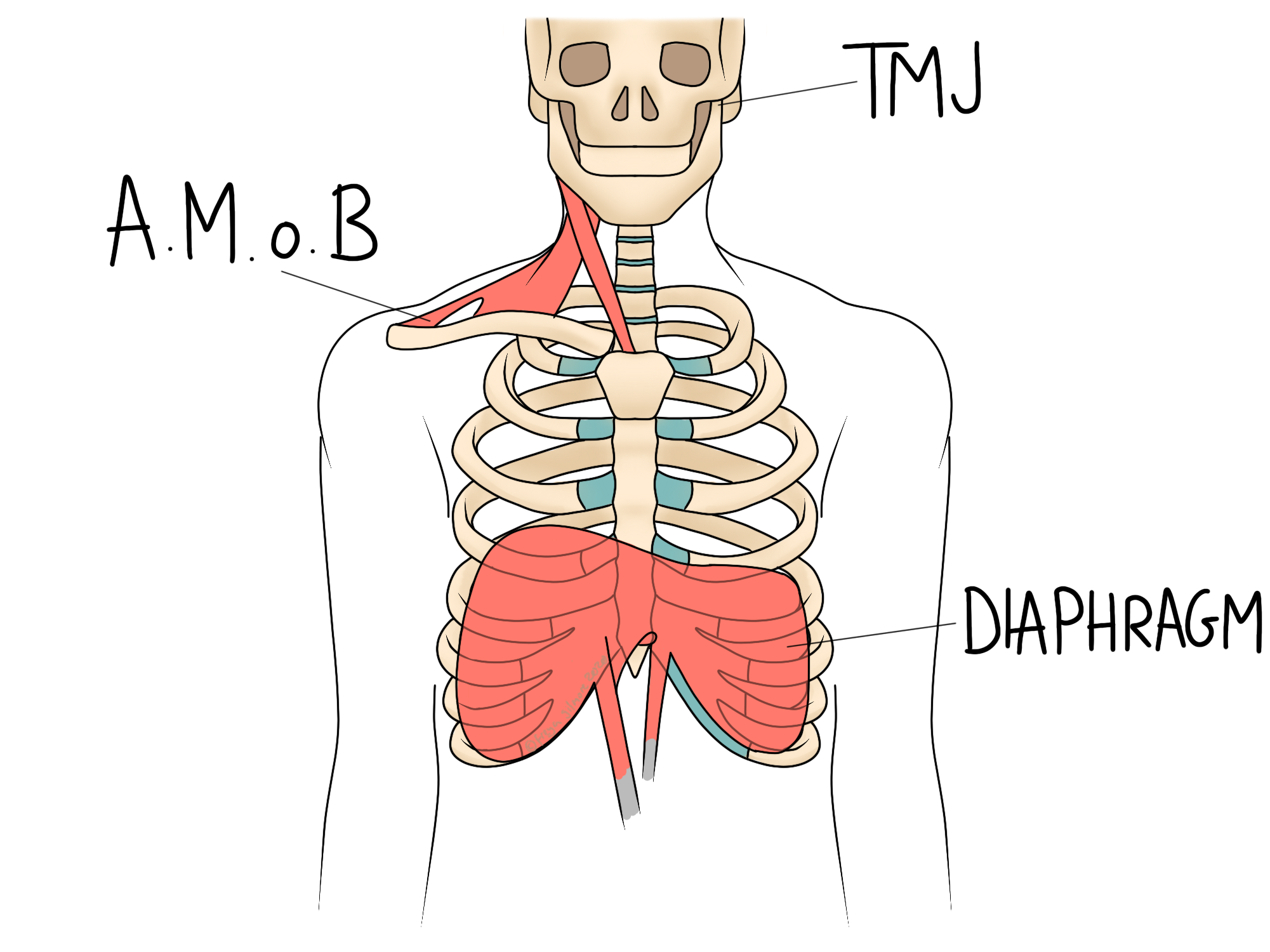Stress and tension can manifest physically in the body, causing aches and pains in potentially unexpected ways. There are a few areas that are commonly affected, often associated with the effects of stress on breathing and digestion.
Breathing
When we are relaxed and breathing efficiently, most of the work is done by the diaphragm. Illustrated above, the diaphragm doesn’t look like what you might expect a muscle to look like. It is more of a sheet that connects to the ribs and spine at its edges. In the centre it has a space for things like the food pipe (oesophagus) to pass through.
During stressful periods, the movement of the diaphragm can become limited. However, the demand for oxygen does not diminish, so the body has to find a way around it. There are secondary muscles of breathing in the tops of the shoulders. Rather than efficiently moving the lower ribs, they work hard to move the upper ribs to create the pressure in the chest to inflate and deflate the lungs. The body can manage like this briefly, but the muscles soon tire. This might be felt as soreness and tension in the tops of the shoulders. If left unmanaged, this can develop into neck pain and headaches, or limit shoulder movement.
The Sympathetic Nervous System (SNS)
You might have heard of “fight or flight”. This is a term for the part of the nervous system that kicks in to respond to stressful events. As the name suggests, it’s a primal thing that is only meant to get you through a brief threat. One role of the system is to divert blood away from the digestive system. It sends the blood to muscles to provide them with energy and allow you to fight or flee.
The immediate effects on the digestive system could be abdominal pains or lack of appetite. As the sympathetic nervous system calms back down, order is restored and these symptoms subside. But modern life subjects us to prolonged stress that can keep the SNS engaged. Digestion can become inefficient and uncomfortable, causing both local discomfort as well as compensatory patterns. If you have abdominal pain, you might subconsciously hunch over into a protective position. This isn’t ideal for the diaphragm, and can change the demand on the rest of the body too.
How can Osteopathy Help?
Your osteopath will look at you as a whole to spot these potential patterns and work out the root causes. Of course, reducing stress would be a useful strategy, but we understand that life often isn’t that simple! However, some people respond well to mindfulness and breathing exercises. Even if you find that breathing exercises have little bearing on your stress, you might find that they help to improve diaphragm function and reduce strain on the shoulder muscles.
In the treatment room, we will look to ease the tight muscles that play a primary role, as well as those that have tightened in response to other problems. Addressing the root at the same time as the other symptoms can help to break the cycle of tension and discomfort. If your stress is related to work, and you’re spending longer hours stuck at a desk, we may focus a lot on the upper back, as this often gets stiff with a sedentary lifestyle and places more demand elsewhere. We can also help with your desk ergonomics- even more important if you work from home and struggle to get the support from work.
Click here to make an appointment in Naas for your symptoms of Tension






